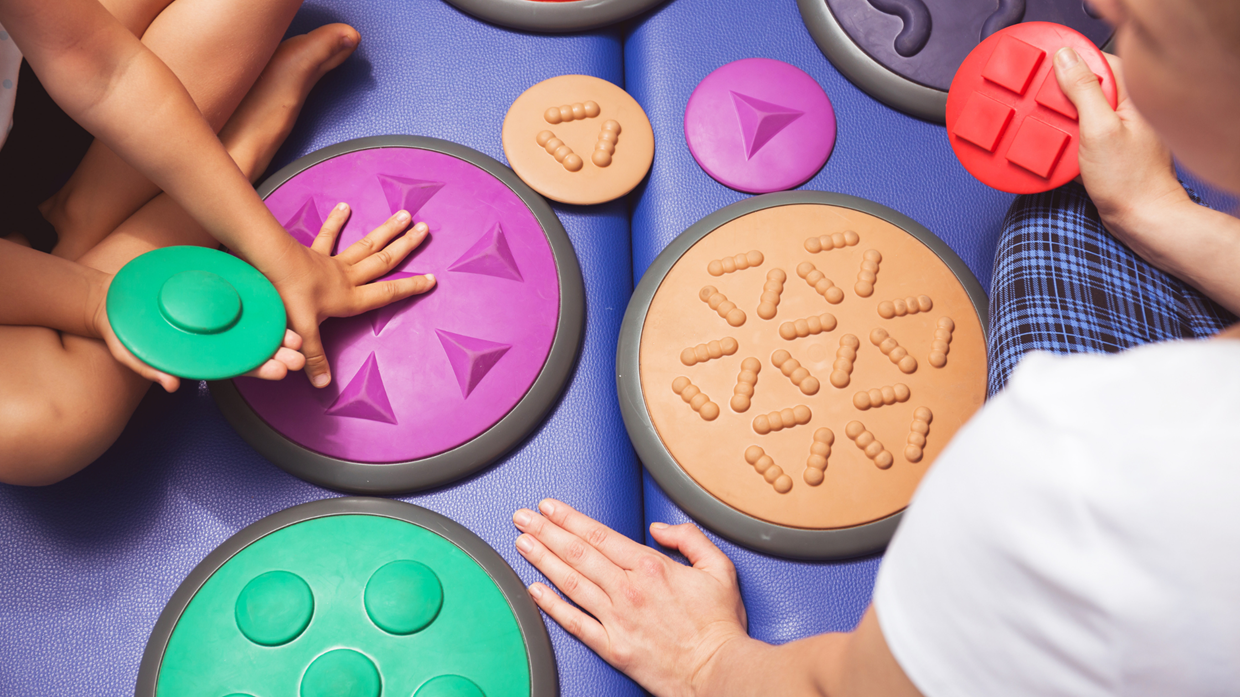

“Sensory integration” is a much-heard term. Have you ever wondered where and when we use Sensory Integration? We use it everywhere and anywhere. Most of us, are unaware of how our brain integrates our senses, unlike individuals who have been diagnosed with sensory integration disorder.
It is important to have a consultation with an Occupational Therapist for the strategies to be used in special schools by special educators to help integrate senses and enhance learning.
Some general problems that a student may face in a classroom and some general strategies to help in regulation are as under -
It can be hyper(over) sensitive or hypo (under)sensitive
Dislikes bright colors, prefers dim lights, and does not like to read on smart boards.
Seeking bright lights likes to watch blinking lights, Likes to play with moving toys, and keeps watching fans in the classroom.
It can be hyper or hypo-sensitive.
Gets easily upset with loud sounds, sometimes even the aircon sounds bother them, get uncomfortable in a classroom with too many children.
Loves to hear different sounds, likes to hum or likes to talk when a classroom is quiet, and toys with different sounds.
It Can Be Hyper or Hypo-Sensitive.
Does not like it if the teacher touches them, do not like standing in line, avoids clay, and dirtying their hands.
Likes to feel things likes hugs, likes tactile play, likes small places.
Sensory breaks like carrying and distributing books to children, board wiping responsibility, alternate sitting on a ball chair or a water bag, and writing with pen pencil when a child is observed putting a lot of pressure. While writing with a darker pencil or sketch pen initially, for children who write with no pressure. Animal walks, walking up and down the stairs with their school bag (the weight of the school bag should be decided by an Occupational therapist) For children seeking oral sensation, chewy tubes or chewy foods help in regulation.
All the above-mentioned strategies are general. For a more individualized plan and enhancing learning in Special schools, a team approach of all the professionals would be beneficial.
Sensory Integration principles can also be applied in the form of a sensory diet at home.
Special schools like Aditya Birla Integrated School having a multidisciplinary team consisting of a medical professional, Occupational therapist, Speech therapist, behavior therapist, counsellor, and Special educators would be an ideal choice for a child having Sensory Integration and Learning Difficulties.